Rotating power outages are something no one wants, but this reality has happened in our country at the present time. Lack of electricity, people struggle in their daily lives, production is stagnant, and businesses are at risk of breaking order progress.
The remaining months of the 2023 dry season are forecast to be extremely hot; while most hydroelectric reservoirs are approaching or below dead water level, many coal-fired thermal power plants are experiencing problems...
11 hydroelectric plants must stop and reduce power generation due to water shortage
Directly present at Thac Ba Hydropower Plant (Yen Bai), reporters of the People's Army Newspaper witnessed the difficulties of the engineering team when having to operate the plant in the context of the hydropower reservoir water level falling below the dead water level. According to Mr. Nguyen Manh Cuong, Deputy General Director of Thac Ba Hydropower Joint Stock Company: The water level at Thac Ba Hydropower Reservoir has been below the dead water level since June 1. In this situation, the Company has proactively stopped operating 2 units (each unit has a capacity of 40MW); Unit 3 continues to generate electricity at the minimum level (15MW) to ensure water supply for the downstream and maintain electricity supply to serve the people, while ensuring the correct process of regulating inter-reservoirs in the Red River basin. In May, the plant's electricity output was only 1/10 of the same period in 2022 (only reaching 2 million kWh while in May 2022 it was 20 million kWh).
Not only Thac Ba hydropower reservoir is in a drought situation, according to the report on June 8 of the Department of Industrial Safety Techniques and Environment, Ministry of Industry and Trade: Currently, the water flow to hydropower reservoirs across the country has increased slightly compared to June 7 but is still at a very low level. Specifically, there are 9 hydropower reservoirs that are approaching the dead water level or below the dead water level including: Lai Chau, Son La, Thac Ba, Tuyen Quang, Ban Ve, Hua Na, Trung Son, Thac Mo, Tri An. And there are 11 hydropower plants that have to stop or reduce power generation because the flow and water level of the reservoir are not guaranteed such as: Son La, Lai Chau, Huoi Quang, Thac Ba, Tuyen Quang, Ban Ve, Hua Na, Trung Son, Tri An, Dai Ninh, Plei Krong.
The North may have a shortage of up to 30% of electricity output.
According to Mr. Tran Viet Hoa, Director of the Electricity Regulatory Authority, Ministry of Industry and Trade: In the structure of power sources in the North, hydropower accounts for a large proportion (43.6%) in power supply, but recently, the water level in hydropower reservoirs has been very low, greatly affecting the power supply in the dry season of 2023. As of June 6, the available capacity of hydropower is 3,110MW, reaching only 23.7% of the installed capacity.
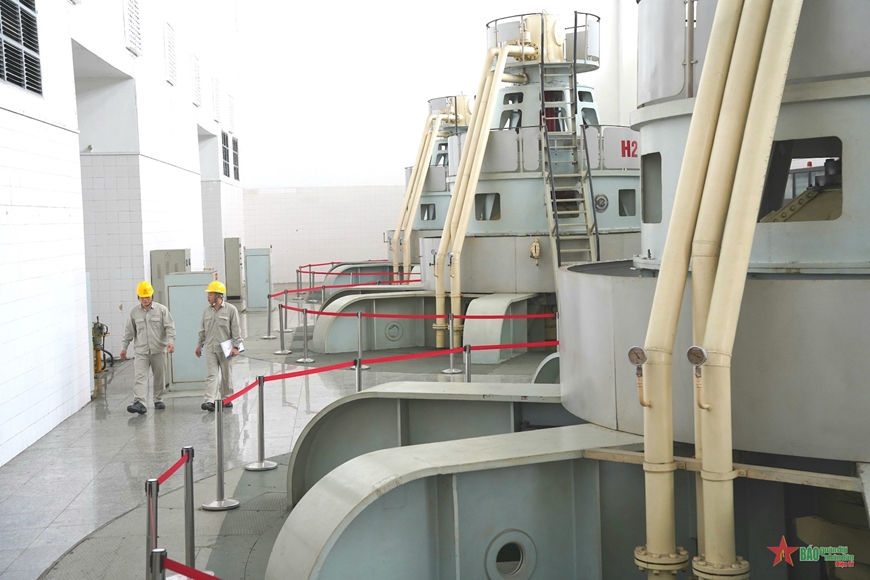 |
| Operational inspection at Thac Ba Hydropower Plant. |
Regarding thermal power sources, in the recent past, with the efforts of relevant units, the coal supply for thermal power plants has been ensured. Coal-fired thermal power plants have had enough fuel to operate at high mobilized capacity. However, due to hot weather and high temperatures, the units have been operating at maximum capacity for a long time, leading to equipment failures. In addition, many coal-fired thermal power units have had long-term failures (1 unit in Vung Ang, 1 unit in Pha Lai, 1 unit in Cam Pha, 1 unit in Nghi Son 2). Typically, on June 1, the total capacity that could not be mobilized from coal-fired thermal power plants in the North that had failures and reduced capacity was up to 1,030MW. Thus, although the coal fuel source for power generation has been relatively guaranteed, as of June 6, the coal-fired thermal power source in the North has only mobilized 11,934MW, accounting for 76.6% of the installed capacity.
Regarding the ability to transmit electricity from the Central region to the North via the 500kV North-Central line, Mr. Tran Viet Hoa said that the current transmission is always at a high limit (maximum limit from 2,500MW to 2,700MW), leading to potential risks of incidents. Thus, the total available capacity of the Northern power system (including imported electricity) that can be mobilized to meet the electricity load demand is only 17,500-17,900MW (about 59.2% of the installed capacity). Meanwhile, the demand for electricity in the Northern region may reach 23,500-24,000MW in the upcoming hot days. Thus, the Northern power system faces the risk of a capacity shortage at most hours of the day.
Regarding the tension in power supply in the Northern region, Mr. Ngo Son Hai, Deputy General Director of Vietnam Electricity Group (EVN) informed that during the hottest days, the North will have a shortage and have to cut up to 30% of power output; normally, the average power output cut in the North each day is from 6-10%, depending on the weather.
 |
Lang Son Electricity workers promote electricity saving solutions. |
To ensure electricity supply, in the coming time, the Ministry of Industry and Trade has proposed a number of immediate solutions such as requiring EVN to focus on effectively mobilizing all resources, in directing and implementing synchronously and effectively solutions to ensure electricity supply. These include technical and traditional solutions such as maintaining the readiness of thermal power plants and units, speeding up the time to fix incidents as quickly as possible. Operating the power system reasonably, trying to increase the mobilization of thermal power to prevent the decline in hydropower water levels; proposing solutions to increase the mobilization of renewable energy plants, speeding up the progress of putting renewable energy plants into operation...; focusing on effectively implementing solutions to increase electricity saving, especially in June 2023.
The risk of power shortages has been warned for a long time. Therefore, the power shortage is an inexcusable responsibility of the state management agency and the electricity industry. This has greatly affected the lives of people and business activities of enterprises. Representatives of the Ministry of Industry and Trade and EVN have apologized to people and businesses, but the urgent thing now is that the Ministry of Industry and Trade and EVN need to have flexible scenarios to respond to difficulties in power supply to minimize damage to people and businesses.
VU DUNG
Source


![[Photo] General Secretary To Lam and international leaders attend the parade celebrating the 80th anniversary of the victory over fascism in Russia](https://vphoto.vietnam.vn/thumb/1200x675/vietnam/resource/IMAGE/2025/5/9/4ec77ed7629a45c79d6e8aa952f20dd3)

![[Photo] Prime Minister Pham Minh Chinh chairs a special Government meeting on the arrangement of administrative units at all levels.](https://vphoto.vietnam.vn/thumb/1200x675/vietnam/resource/IMAGE/2025/5/9/6a22e6a997424870abfb39817bb9bb6c)
![[Photo] Magical moment of double five-colored clouds on Ba Den mountain on the day of the Buddha's relic procession](https://vphoto.vietnam.vn/thumb/1200x675/vietnam/resource/IMAGE/2025/5/9/7a710556965c413397f9e38ac9708d2f)
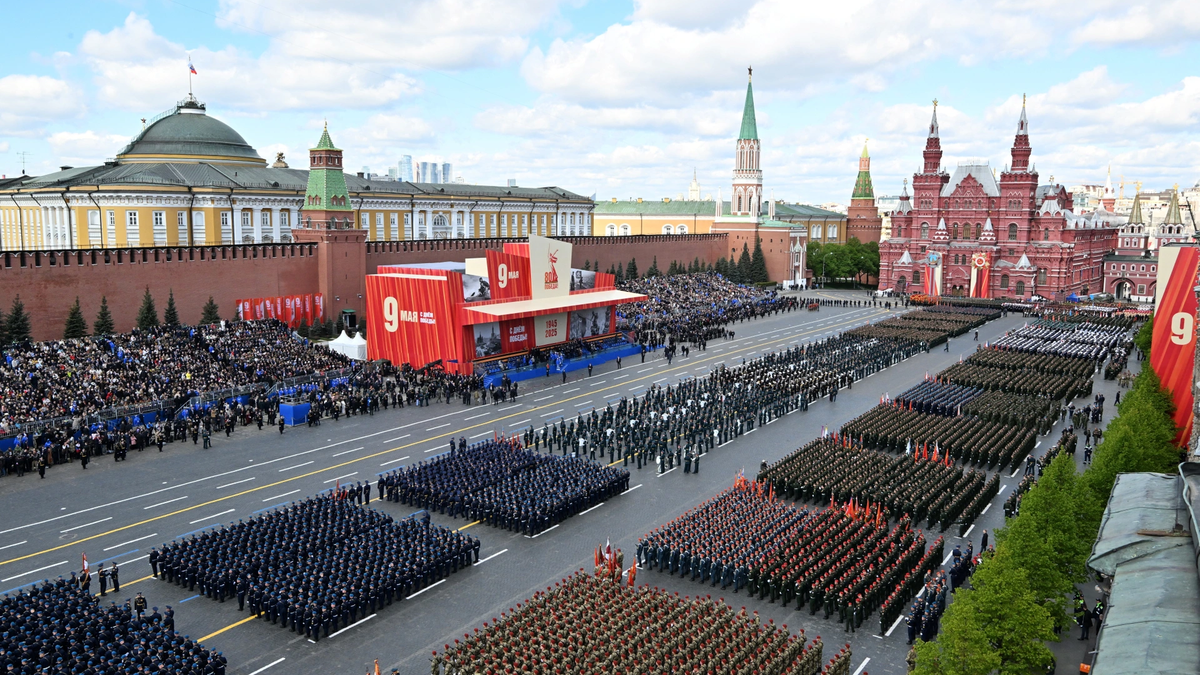
![[Photo] Russian military power on display at parade celebrating 80 years of victory over fascism](https://vphoto.vietnam.vn/thumb/1200x675/vietnam/resource/IMAGE/2025/5/9/ce054c3a71b74b1da3be310973aebcfd)
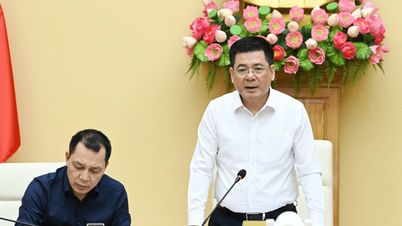



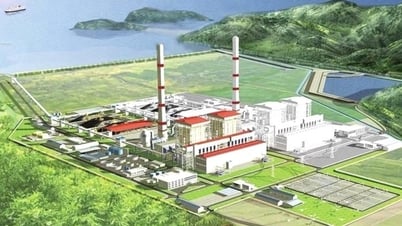




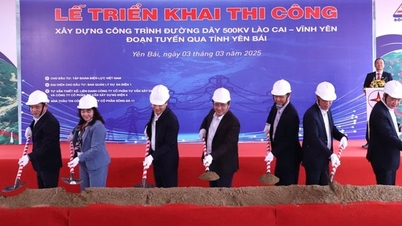


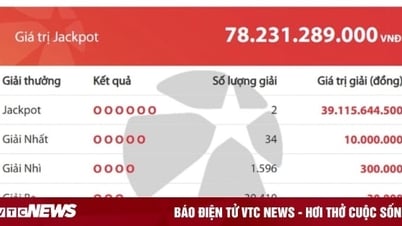


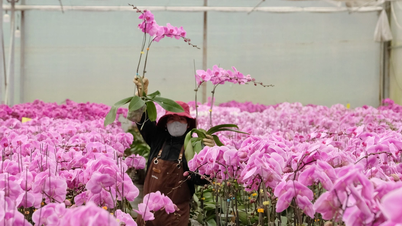










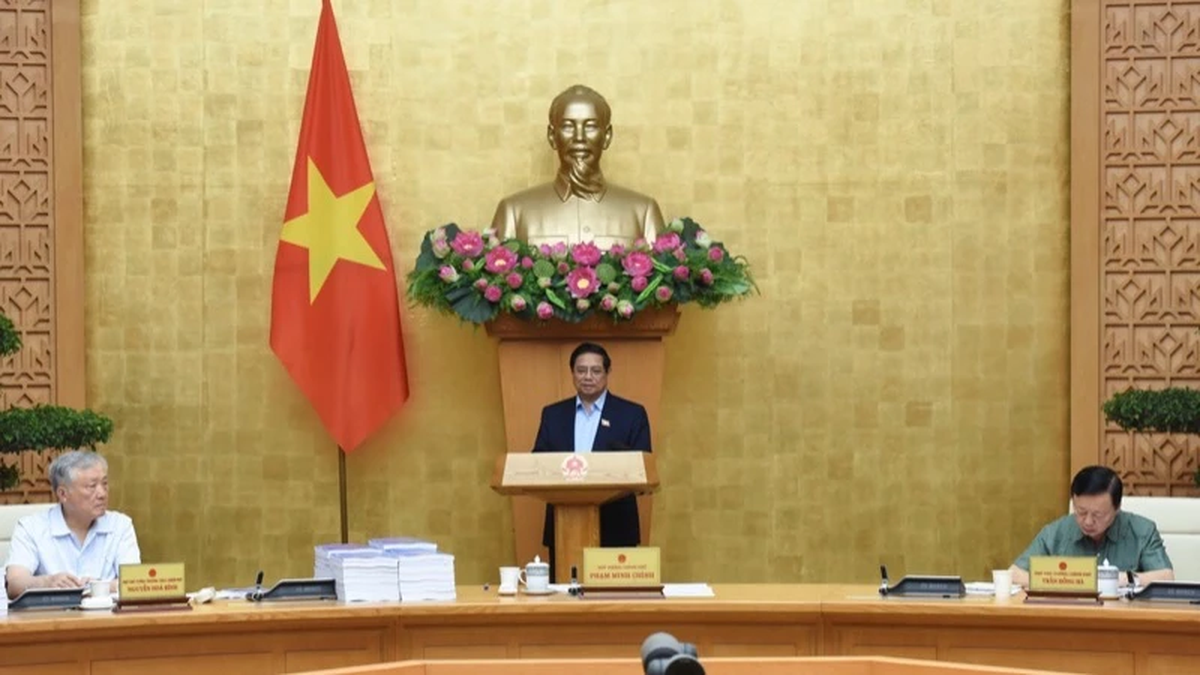


























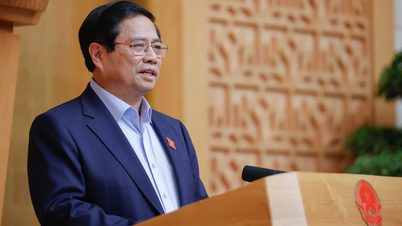



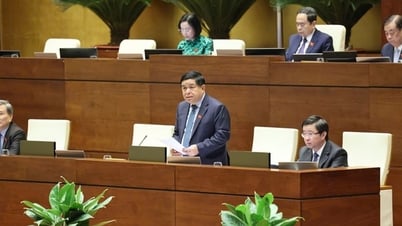

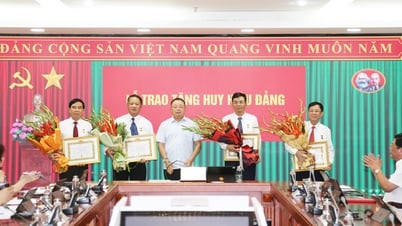

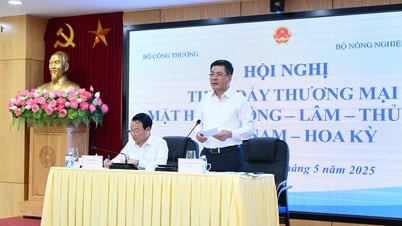




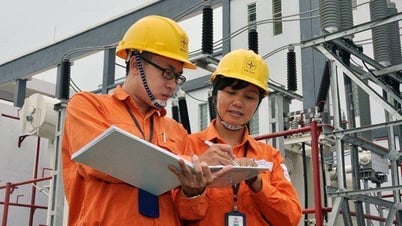
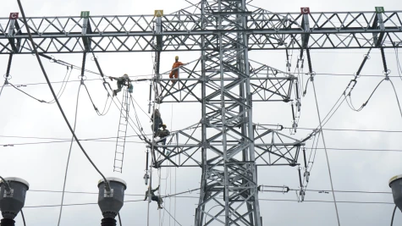






















Comment (0)